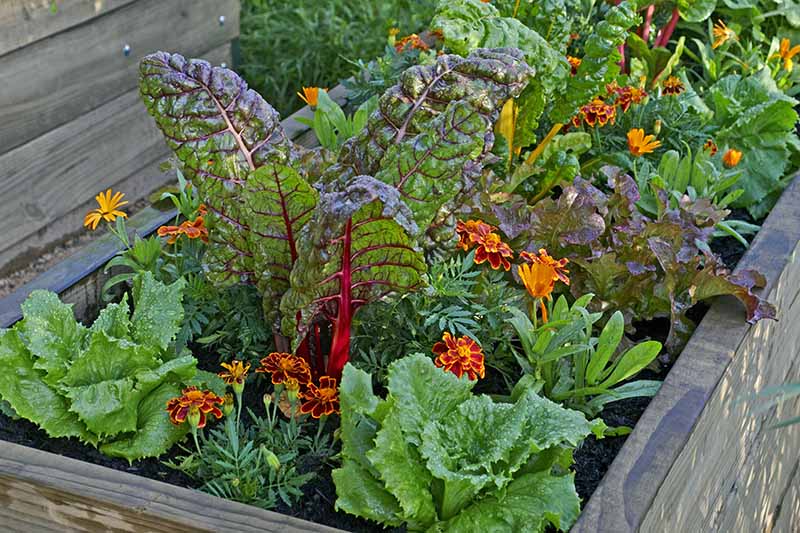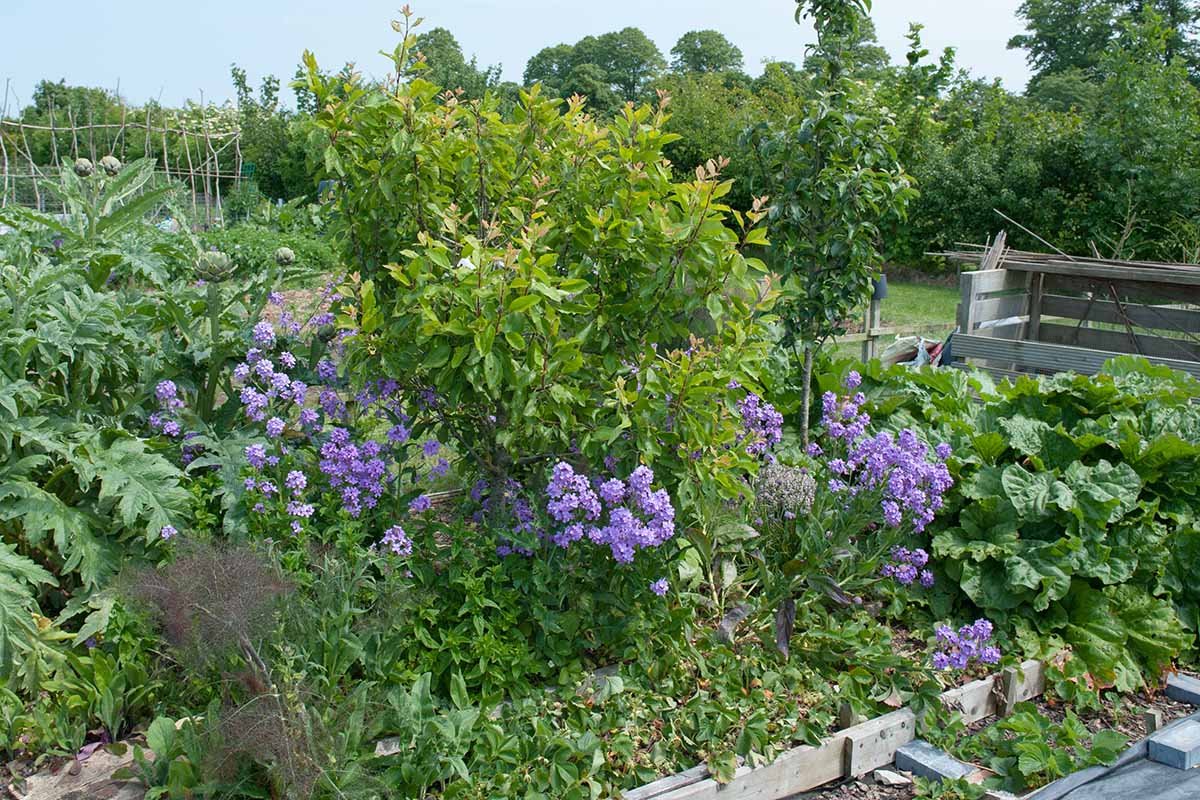The Ultimate Guide To Bay Leaf Companion Planting
The Ultimate Guide to Bay Leaf Companion Planting
Bay leaves are a versatile and flavorful herb that can be used in a variety of dishes. They are also known for their insect-repelling properties, which makes them a great choice for companion planting.
In this guide, we will discuss the benefits of companion planting with bay leaves, as well as some of the best companion plants for bay trees. We will also provide tips on how to plant and care for bay trees in your garden.
Benefits of Companion Planting with Bay Leaves
There are many benefits to companion planting with bay leaves. Some of the most notable benefits include:
- Increased crop yields: Companion planting can help to increase crop yields by attracting beneficial insects, deterring pests, and improving soil health.
- Reduced pest problems: Bay leaves have insect-repelling properties, which can help to reduce the number of pests that attack your plants.
- Improved soil health: Bay leaves can help to improve soil health by adding nutrients and organic matter.
- Enhanced flavor: The flavors of bay leaves can enhance the flavor of other plants, making your dishes more flavorful.
Best Companion Plants for Bay Trees
Some of the best companion plants for bay trees include:
- Beans: Beans are a nitrogen-fixing plant, which means that they can help to improve the nitrogen content of the soil. This is beneficial for bay trees, as they require a lot of nitrogen.
- Rosemary: Rosemary is another herb that is known for its insect-repelling properties. It can help to deter pests such as aphids, spider mites, and whiteflies.
- Lavender: Lavender is a beautiful and fragrant herb that can also help to repel pests. It is also said to attract bees, which are beneficial pollinators.
- Oregano: Oregano is a flavorful herb that can also help to improve the flavor of other plants. It is also said to repel pests such as mosquitoes and flies.
- Olive: Olive trees are a good companion plant for bay trees because they have similar growing requirements. They both prefer full sun and well-drained soil.
- Citrus: Citrus trees are another good companion plant for bay trees. They both benefit from the presence of each other, as they help to attract beneficial insects and deter pests.
How to Plant and Care for Bay Trees
Bay trees are relatively easy to plant and care for. They prefer full sun and well-drained soil. They can be planted in the ground or in a container. If you are planting a bay tree in the ground, choose a spot that is sheltered from the wind.
Bay trees are not particularly drought-tolerant, so it is important to water them regularly, especially during the summer months. They should also be fertilized once a year in the spring.
With proper care, bay trees can live for many years. They are a beautiful and versatile addition to any garden.
Conclusion
Bay leaves are a valuable herb that can be used in a variety of ways. They are also a great companion plant for many other plants. By planting bay leaves in your garden, you can enjoy their many benefits, including increased crop yields, reduced pest problems, improved soil health, and enhanced flavor.
Bay leaves are a versatile herb that can be used in a variety of dishes, from soups and stews to marinades and desserts. But did you know that they can also be used to attract beneficial insects and repel pests?
That's right, bay leaves are a great companion plant for many other herbs and vegetables. They can help to attract pollinators like bees and butterflies, which can help to improve the pollination of your crops. They can also help to repel pests like aphids, spider mites, and whiteflies.
If you're interested in learning more about bay leaf companion planting, I recommend visiting Gardenia Inspiration. This website has a wealth of information on the topic, including a list of the best companion plants for bay leaves, as well as tips on how to plant and care for them.
FAQ of bay leaf companion planting
1. What are the benefits of companion planting with bay leaves?
Bay leaves have a number of benefits when companion planted with other herbs and vegetables. They can help to:
- Repel pests, such as mosquitoes, flies, and cabbage moths.
- Attract beneficial insects, such as ladybugs and lacewings.
- Improve soil quality by increasing nitrogen levels.
- Provide shade and shelter for other plants.
2. What plants are good companion plants for bay leaves?
Some good companion plants for bay leaves include:
- Tomatoes: Bay leaves can help to repel tomato hornworms and other pests.
- Brassicas: Bay leaves can help to improve the flavor of brassicas, such as broccoli and cabbage.
- Carrots: Bay leaves can help to repel carrot flies.
- Herbs: Bay leaves can be planted with other herbs, such as rosemary, thyme, and oregano, to create a fragrant herb garden.
3. What plants should not be planted near bay leaves?
Some plants that should not be planted near bay leaves include:
- Beans: Bay leaves can inhibit the growth of beans.
- Strawberries: Bay leaves can attract slugs and snails, which can damage strawberries.
- Cucumbers: Bay leaves can reduce the yield of cucumbers.
4. How far apart should bay leaves be planted?
Bay leaves should be planted about 3 feet apart. This will give them enough room to grow and spread.
5. How long does it take for bay leaves to grow?
Bay leaves can take several years to mature and start producing leaves. However, they are a long-lived plant and can be enjoyed for many years.
Image of bay leaf companion planting
5 different images of "bay leaf companion planting" from Pinterest:
- Image 1: A garden bed with a bay tree in the center, surrounded by other herbs such as oregano, basil, thyme, and parsley.

- Image 2: A close-up of a bay tree with its distinctive dark green leaves.
- Image 3: A row of bay trees planted alongside a vegetable garden.

- Image 4: A pot of bay leaves growing on a windowsill.

- Image 5: A diagram showing the benefits of companion planting bay leaves with other herbs.

Post a Comment for "The Ultimate Guide To Bay Leaf Companion Planting"